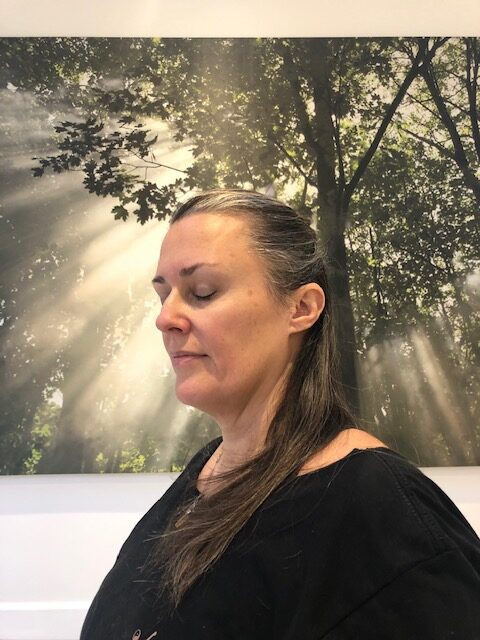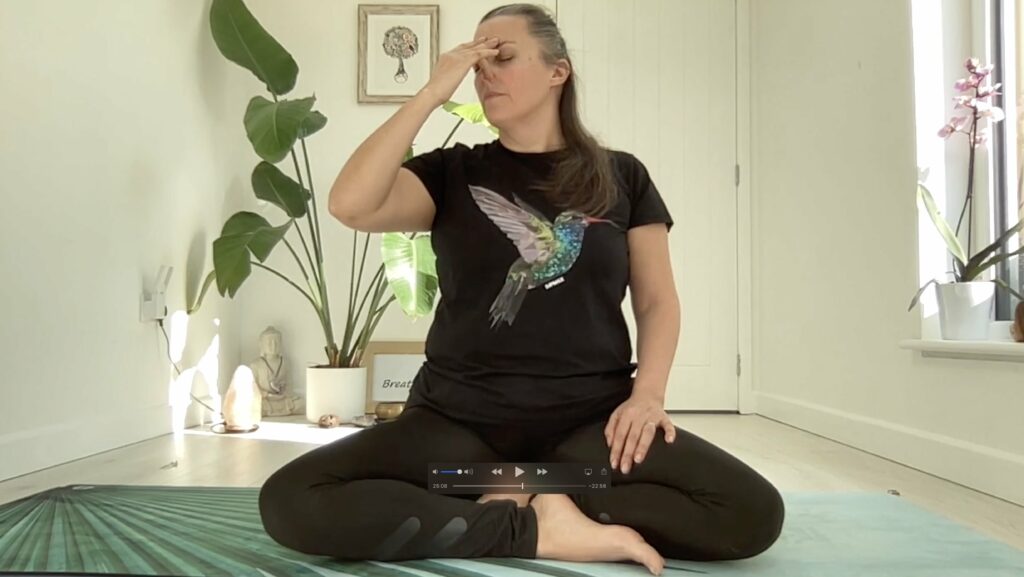Are you a functional breather… or a dysfunctional breather?
You might be wondering what on earth I’m talking about, because we all breathe, right?
Well, actually, HOW we breathe can have such a huge impact on our health and wellbeing. In my experience as a Nutritional Therapist and Functional Practitioner for over a decade, it’s sometimes the simplest things that can make the biggest difference to our health and wellbeing, and breathing is no exception. I know we all breathe everyday, but have you every thought about HOW you breathe?

What is functional breath?
There’s a huge difference between functional and dysfunctional breathing. Short, rapid breaths from the upper chest indicate a more dysfunctional breathing pattern, especially when you tend to breathe more through your mouth. These kinds of breath tell our body that we are stressed, that a threat is imminent, and primes us for fight or flight. Stress hormones are released, and we move into the sympathetic nervous system.
Here in the sympathetic nervous system response, we are gearing up for fight or flight – a primal response to a threat, and our body doesn’t know the difference between a looming deadline at work or an annoying traffic jam. It still thinks we are cave people and that an aggressive bear is on the loose! It primes us to run fast or stand and fight…meaning we don’t prioritise those less urgent functions such as healing, repair, good digestion and optimal hormone balance.
When we breathe into our bellies, slowly and mindfully, through our nose, this activates our vagus nerve and switches on our parasympathetic nervous system response. We can’t live in this response permanently, but it’s important we spend some time here. This is where we can heal and repair, optimal digest our food, allow our muscles to relax and counter the effects of stress hormones.

The power of 3…
Just 3 deep belly breaths can drop our stress hormones in as little as 60 seconds, which can have many benefits in our bodies. For example:
- Help us feel more grounded and present
- Help keep our blood sugar levels more balanced, and so may help us to make more mindful food choices.
- Get our body ready to properly digest our food and extract all the incredible nutrients we’re chomping on in our food
- Support activation of the vagus nerve
- Support our brain health and cognition
- Encourage lung capacity and respiratory health
- Support overall hormonal balance
Assessing your breathing patterns…
Just close your eyes for a moment, and use this breathing exercise to discover how functional your breathing is.
Sit in a comfortable position, either in a chair, sat on a cushion on the floor or laying on the floor. Close your eyes and put one hand on your belly and one hand on your chest. Now inhale through your nose, and notice where your breath goes. Does your chest rise on the inhale, or your belly? Or both?
A more functional breathing pattern, when we are relaxed, is to breathe into our belly. This activates the rest-digest side of our nervous system, rather than our stress response, allowing us to properly digest our food, nourish our bodies and feel truly well.
Now try the breathing exercise again, but this time on the inhale, gently direct your breath to your belly. Breathe into your lower belly, and feel your abdomen inflate like a balloon, and your lower ribs expand outwards to the sides. You might even feel your whole lower body expand – belly, ribs and lower back. Then on the exhale, feel your belly deflate and your air slowly leave your body through your nose.
This is true functional breathing. We don’t need to breathe like this all the time, but it’s one of the quickest ways to drop your stress hormones and get your digestive system, your brain and your entire being grounded and functioning optimally. Give it a try and tell me how you feel. Are you a belly or chest breather?
If you’d like to learn more about functional breathing, I’d like to invite you to join my 6 week breathing and mindfulness programme, Just Breathe. The live sessions start soon, or you can watch the recordings and go through the programme in your own time. You can join here.
